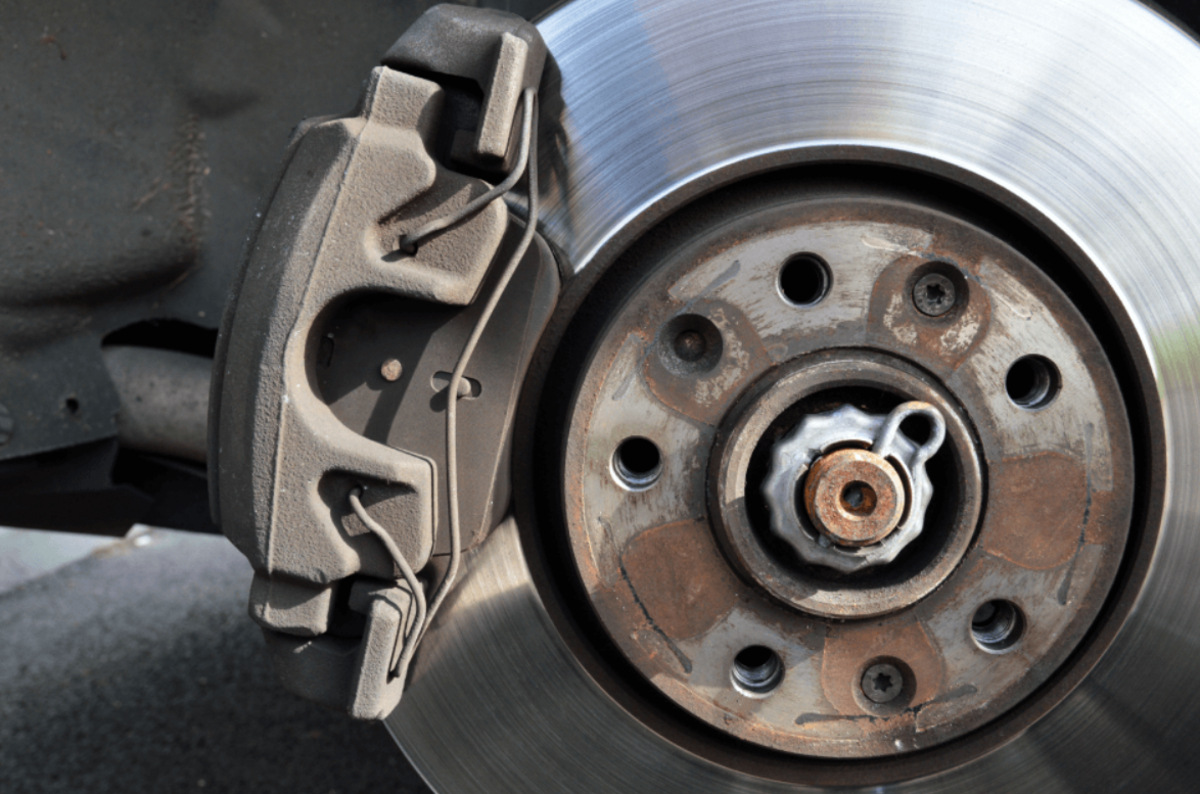

Articles
Why Do Calipers Lock Up
Modified: February 22, 2024
Discover why calipers lock up with these informative articles. Get insights and solutions to prevent and fix this common braking issue.
(Many of the links in this article redirect to a specific reviewed product. Your purchase of these products through affiliate links helps to generate commission for Storables.com, at no extra cost. Learn more)
Introduction
Caliper lock-up is a common issue that many drivers encounter with their vehicle’s braking system. It can be a frustrating and potentially dangerous problem, as it can cause the brakes to seize and prevent the wheels from rotating freely. Understanding why calipers lock up and how to fix the issue is essential for maintaining the safety and performance of your vehicle.
In this article, we will delve into the causes of caliper lock-up and explore the necessary steps to resolve this problem. Whether you’re a car enthusiast or simply someone looking for solutions to a stubborn brake issue, this article will provide you with valuable insights.
Key Takeaways:
- Regular maintenance, including flushing brake fluid, cleaning and lubricating caliper components, and replacing worn parts, is essential to prevent and resolve caliper lock-up. Following these steps ensures optimal braking performance and safety.
- Understanding the causes of caliper lock-up, such as brake fluid contamination, corrosion, brake pad issues, and worn components, empowers vehicle owners to take proactive measures and seek professional assistance when needed.
Read more: Why Do Calipers Stick
What are calipers?
Calipers are an integral component of a vehicle’s braking system. They play a crucial role in allowing the driver to control and manipulate the braking force applied to the wheels. Essentially, calipers are hydraulic devices that squeeze the brake pads against the rotor, creating the friction necessary to slow down or stop the vehicle.
There are two main types of calipers: floating calipers and fixed calipers. Floating calipers are the most commonly used type and consist of a single piston on one side and an anchor on the other. The piston pushes against the inner brake pad, which in turn applies pressure to the rotor. Fixed calipers, on the other hand, have multiple pistons on both sides and offer better braking performance and stability.
Calipers are responsible for converting hydraulic pressure generated when the brake pedal is depressed into mechanical force to activate the braking system. When the driver applies pressure to the brake pedal, brake fluid is forced into the calipers, causing the pistons to move and apply pressure to the brake pads. This pressure creates friction between the pads and rotor, ultimately slowing down or stopping the vehicle.
It’s important to note that calipers are designed to work in pairs, meaning there is a caliper on each side of the rotor. This symmetrical setup ensures equal distribution of braking force to both wheels and helps maintain stability and control during braking.
Overall, calipers serve as the “hands” of the braking system, effectively gripping the rotor when required and releasing it to allow the wheels to rotate freely when the brakes are not being applied.
Understanding caliper lock-up
Caliper lock-up occurs when one or both of the calipers fail to release the brake pads from the rotor properly. Instead of retracting and allowing the wheels to spin freely, the pads remain in contact with the rotor, causing excessive friction and heat. This can lead to various issues, including uneven brake pad wear, reduced braking performance, and increased fuel consumption.
Caliper lock-up is often accompanied by symptoms such as a dragging sensation, squealing or grinding noise when braking, increased brake pedal effort, and uneven tire wear. If you notice any of these signs, it’s crucial to address the issue promptly to prevent further damage to the braking system.
There are several factors that can contribute to caliper lock-up, which we will explore in the next section. It’s essential to identify and address the underlying cause to ensure a proper fix and prevent future occurrences.
Common causes of caliper lock-up
Caliper lock-up can be caused by a variety of factors. Understanding these causes can help you diagnose and fix the issue effectively. Here are some of the most common culprits:
1. Brake fluid contamination
Contaminated or deteriorated brake fluid can lead to caliper lock-up. Over time, moisture, dirt, and debris can seep into the brake fluid, reducing its effectiveness in lubricating and protecting the braking system components. This can result in sticky caliper pistons that fail to retract properly, causing the brake pads to remain in contact with the rotors.
2. Corrosion and rust
Corrosion and rust can affect the proper functioning of the calipers. If moisture or salt accumulates on the calipers, it can cause them to seize or become sticky. Additionally, rust can develop on the caliper slides or pins, hindering their movement and causing the brake pads to stay engaged with the rotor.
3. Brake pad issues
Worn or damaged brake pads can contribute to caliper lock-up. When brake pads are worn unevenly or become lodged in the caliper bracket, they may not retract fully, leading to continuous contact with the rotor. Furthermore, if the brake pads are incorrectly installed or the wrong type is used, it can also result in caliper lock-up.
4. Worn or damaged caliper components
Over time, the caliper components, such as the pistons, seals, or guide pins, can wear out or become damaged. This can prevent the caliper from functioning properly and cause it to lock up. A lack of regular maintenance, exposure to extreme temperatures, or excessive brake dust buildup can contribute to the deterioration of these parts.
It’s important to note that these causes are not mutually exclusive, and multiple factors can contribute to caliper lock-up. Therefore, it’s crucial to thoroughly inspect and diagnose the braking system to identify and address all potential issues.
Brake fluid contamination
Brake fluid contamination is a common cause of caliper lock-up. Over time, brake fluid can become contaminated with moisture, dirt, debris, or air, which compromises its ability to effectively lubricate and protect the components of the braking system.
Contaminated brake fluid can cause the caliper pistons to become sticky or corroded, preventing them from retracting properly. As a result, the brake pads remain in contact with the rotor even when the brake pedal is released, leading to caliper lock-up.
One of the primary culprits of brake fluid contamination is moisture. Moisture can enter the brake system through the brake fluid reservoir cap or through microscopic pores in the rubber brake lines. It can also occur if the brake fluid is not properly sealed or if old or low-quality brake fluid is used.
In addition to moisture, dirt, debris, and air can also find their way into the brake fluid. This can occur during routine maintenance or repairs if the brake fluid reservoir is left uncovered or if the brake lines are not properly capped.
To prevent brake fluid contamination and subsequent caliper lock-up, it’s crucial to follow proper brake fluid maintenance practices. This includes regularly inspecting the brake fluid for clarity and cleanliness, and replacing it as recommended by the vehicle manufacturer. Flushing the brake system periodically can also help remove any contaminants and ensure the optimal performance of the calipers and other braking components.
If brake fluid contamination is suspected as the cause of caliper lock-up, it is necessary to flush the entire brake system and replace the contaminated fluid with fresh, clean brake fluid. This process involves draining the old fluid from the master cylinder, flushing it through the brake lines, and bleeding the air out of the system.
Properly maintaining brake fluid cleanliness is essential to prevent caliper lock-up and maintain the overall performance and safety of the braking system. Regular inspection, flushing, and fluid replacement can help ensure that the brake fluid remains clean and free from contaminants that may cause caliper lock-up.
Read more: Why Do Car Windows Fog Up
Corrosion and rust
Corrosion and rust can be another significant cause of caliper lock-up. Exposure to moisture, road salt, and environmental elements can lead to the accumulation of rust and corrosion on the caliper surfaces and components.
When rust forms on the calipers, it can cause them to seize or become sticky, preventing proper movement of the caliper pistons. As a result, the brake pads do not fully retract from the rotor, leading to caliper lock-up.
Highly corrosive environments, such as coastal areas with saltwater exposure or regions with heavy winter road salt usage, can accelerate the onset of corrosion and rust on the calipers. Additionally, calipers that are not regularly cleaned and maintained are more prone to rust and corrosion buildup.
To prevent caliper lock-up due to corrosion and rust, regular cleaning and maintenance of the calipers are essential. This involves removing any dirt, debris, and rust from the caliper surfaces and components. It is also important to inspect the caliper slides, pins, and other moving parts for signs of rust or corrosion and lubricate them with appropriate grease or lubricant.
If significant rust and corrosion are present on the calipers, it may be necessary to replace them to ensure proper functionality and avoid future caliper lock-up. It is recommended to consult a professional mechanic or brake specialist for a thorough inspection and assessment before deciding on caliper replacement.
Furthermore, applying a protective coating or paint specifically designed for brake calipers can also help prevent rust and corrosion. These coatings create a barrier between the caliper surfaces and moisture or road salt, keeping the calipers in better condition and reducing the risk of caliper lock-up.
In regions with harsh winter climates or coastal areas, it may be beneficial to perform more frequent caliper inspections and maintenance to prevent rust and corrosion from causing caliper lock-up. Regular cleaning, lubrication, and rust prevention measures can go a long way in preserving the functionality of the calipers and ensuring proper braking performance.
Brake pad issues
Brake pad issues can contribute to caliper lock-up, causing the brake pads to remain in constant contact with the rotor. Several factors related to brake pads can lead to this problem.
One common cause is uneven wear on the brake pads. Over time, brake pads can wear unevenly, especially if there is a problem with the caliper or other braking components. Uneven wear can cause the brake pads to become stuck in the caliper bracket, preventing them from fully retracting when the brakes are released.
Another issue is if the brake pads become lodged or misaligned in the caliper bracket. This can happen due to debris or excessive brake dust accumulation in the bracket, or if the brake pads are not installed correctly. When the brake pads do not sit properly in the caliper, they can fail to retract fully after braking, leading to caliper lock-up.
In some cases, using the wrong type of brake pads can also cause caliper lock-up. Brake pads vary in their composition and friction characteristics. Using pads that are too aggressive or not suitable for the vehicle can result in excessive friction and the brake pads failing to release from the rotor fully.
To address brake pad issues and prevent caliper lock-up, regular inspection and maintenance are essential. Inspect the brake pads for even wear and replace them if necessary. Ensure the brake pads are properly aligned in the caliper bracket and free from debris or excessive brake dust buildup.
When replacing brake pads, ensure that you choose the correct type and specification recommended by the vehicle manufacturer. Using the wrong brake pads can contribute to caliper lock-up issues and compromise the overall braking performance of the vehicle.
It’s also important to note that brake pad issues can sometimes be a symptom of underlying problems with the caliper or braking system. If you continue to experience caliper lock-up even after addressing brake pad issues, it may be necessary to have a professional mechanic inspect the entire braking system for potential problems and provide appropriate repairs.
Worn or damaged caliper components
Worn or damaged caliper components can contribute to caliper lock-up. Over time, the various parts of the caliper, such as the pistons, seals, guide pins, and bushings, can wear out or become damaged, affecting their proper functioning.
One common issue is worn or seized caliper pistons. The pistons can develop wear, corrosion, or damage over time, which can cause them to stick or bind within the caliper bore. When the pistons cannot move freely, they may fail to retract fully, resulting in caliper lock-up as the brake pads continue to make contact with the rotor.
Another area that can suffer from wear or damage is the caliper slide pins. These pins allow the caliper to move smoothly when the brakes are applied and released. If the slide pins become worn, rusted, or corroded, they can hinder the movement of the caliper, leading to caliper lock-up.
Seals and dust boots are other components that can wear out or become damaged. These rubber components help keep contaminants out and maintain the proper hydraulic pressure within the caliper. When the seals or dust boots deteriorate, it can allow moisture, dirt, or debris to enter the caliper, affecting its functionality and potentially causing caliper lock-up.
To address caliper lock-up due to worn or damaged components, a thorough inspection of the caliper is necessary. Check for signs of wear, corrosion, or damage on the pistons, seals, guide pins, and other caliper parts. If any parts are found to be worn or damaged, they should be replaced with high-quality replacement components.
In some cases, a complete caliper rebuild or replacement may be necessary, especially if multiple components are worn or damaged. It is recommended to consult with a professional mechanic or brake specialist to determine the extent of the issue and the most appropriate course of action.
Regular maintenance and cleaning of the caliper components can help prevent premature wear and damage. Lubricating the caliper slides, pins, and other moving parts with the appropriate brake lubricant can also aid in maintaining their functionality and reducing the risk of caliper lock-up.
By addressing worn or damaged caliper components promptly and ensuring proper maintenance, you can help maintain the performance and reliability of the calipers, reducing the likelihood of caliper lock-up in the future.
How to fix caliper lock-up
Fixing caliper lock-up requires a systematic approach to identify and address the underlying issue. Here are the steps to rectify caliper lock-up:
Read more: Why Do Raccoons Dig Up Lawns
1. Flushing brake fluid
Start by flushing the brake fluid to ensure it is clean and free from contaminants. This involves draining the old brake fluid from the master cylinder and replacing it with fresh, clean brake fluid. Flushing the brake system helps remove any moisture, dirt, or debris that could be contributing to caliper lock-up.
2. Cleaning and lubricating caliper components
Next, thoroughly clean and inspect the caliper components for rust, corrosion, or debris. Use an appropriate brake cleaner and a soft brush to remove any dirt or contaminants. Lubricate the caliper slides, pins, and other moving parts with a high-temperature brake lubricant to ensure smooth movement and prevent sticking or binding.
3. Replacing worn or damaged parts
If any caliper components are found to be worn, damaged, or seized, they should be replaced. This may include caliper pistons, seals, guide pins, or other relevant parts. Ensure that you use high-quality replacement components that meet the specifications recommended by the vehicle manufacturer.
4. Checking brake pads
Inspect the brake pads for even wear and proper alignment. If the brake pads are worn unevenly or misaligned, it may be necessary to replace them. Ensure that the brake pads are correctly installed, properly seated in the caliper bracket, and have the appropriate clearance from the rotor.
Read more: Why Do Crows Dig Up Grass
5. Testing and adjustment
After completing the necessary repairs and replacements, test the braking system to ensure proper functionality. Check for any signs of caliper lock-up, such as dragging brakes or excessive friction. If needed, adjust the caliper position or brake pad alignment to ensure optimal functioning and even braking force distribution.
It’s important to note that if you’re not comfortable or familiar with brake system repairs, it is best to seek professional assistance from a qualified mechanic or brake specialist. They have the knowledge, experience, and proper tools to diagnose and fix caliper lock-up issues effectively.
Regular maintenance, including periodic inspection of the braking system, cleaning, lubrication, and fluid replacement, can help prevent caliper lock-up. Keeping a close eye on the condition of the calipers and addressing any issues promptly can ensure the longevity and reliability of the braking system.
Flushing brake fluid
Flushing the brake fluid is an essential step in fixing caliper lock-up. Over time, brake fluid can become contaminated with moisture, dirt, debris, and air, which can compromise its effectiveness in lubricating and protecting the braking system components. Flushing the brake fluid removes the old fluid along with any contaminants, ensuring a fresh and clean supply.
Here’s how you can flush the brake fluid:
- Start by raising the vehicle and securing it with jack stands to ensure a stable working environment.
- Locate the brake fluid reservoir, which is typically mounted on the master cylinder near the firewall of the vehicle’s engine compartment.
- Remove the reservoir cap and use a turkey baster or a syringe to remove as much of the old brake fluid as possible. Dispose of the old fluid properly according to local regulations.
- Refill the reservoir with fresh, clean brake fluid of the type specified in your vehicle’s owner manual or recommended by the manufacturer. Ensure that you use the correct type of brake fluid for your vehicle.
- With a helper to assist you, start at the brake furthest away from the master cylinder (usually the rear right) and attach a clear plastic hose to the bleeder valve on the caliper.
- Place the other end of the hose into a container partially filled with clean brake fluid.
- Ask your helper to depress the brake pedal slowly and hold it down. Open the bleeder valve momentarily to allow the old brake fluid and any air bubbles to escape into the container.
- Close the bleeder valve and instruct your helper to release the brake pedal slowly.
- Continue this process, moving to the next brake furthest from the master cylinder (rear left, front right, and finally front left), until you have flushed the brake fluid from all four corners of the vehicle.
- Monitor the brake fluid reservoir during the process and refill it as necessary to maintain the proper fluid level.
- Once you have flushed the brake fluid from all four corners, double-check that all bleeder valves are closed tightly.
- Finally, test the brakes by pumping the brake pedal a few times to ensure proper brake pressure and to verify that the calipers are no longer locked up.
Flushing the brake fluid should be performed at regular intervals as recommended by the vehicle manufacturer or every 2-3 years, whichever comes first. This preventive maintenance helps prolong the lifespan of your braking system, reduces the risk of caliper lock-up, and ensures optimal braking performance.
Cleaning and lubricating caliper components
Cleaning and lubricating the caliper components is a crucial step in resolving caliper lock-up. Over time, dirt, debris, rust, and brake dust can accumulate on the caliper surfaces and hinder proper caliper movement. It’s essential to remove these contaminants and ensure smooth operation of the caliper.
Here’s how you can clean and lubricate the caliper components:
- Start by lifting the vehicle and securely supporting it with jack stands for safety.
- Identify the caliper assembly, which houses the brake pads and wraps around the rotor.
- Inspect the caliper for any visible signs of rust, corrosion, or debris. Use a wire brush or a soft brush to gently remove any loose rust or dirt from the caliper surfaces.
- Apply a suitable brake cleaner to thoroughly clean the caliper. Spray the cleaner onto the caliper surfaces and use a brush to scrub away any stubborn dirt or brake dust. Be sure to wear protective gloves and eyewear when using the brake cleaner.
- Rinse the caliper with clean water to remove the brake cleaner residue. Dry the caliper completely before moving on to the next step.
- Inspect the caliper slides, guide pins, and other moving parts for signs of rust or corrosion. If necessary, use a wire brush or emery cloth to remove any surface rust. Apply a liberal amount of high-temperature silicone brake lubricant to the cleaned surfaces.
- Slide the caliper pins in and out to evenly distribute the lubricant and ensure smooth movement. Repeat this process for all applicable caliper components.
- Check the rubber dust boots and seals on the caliper for any signs of damage or wear. Replace them if necessary to maintain proper sealing and protection against contaminants.
- Reassemble the caliper, ensuring that all parts are properly aligned and secured.
- Repeat the cleaning and lubrication process for all calipers on the vehicle.
Proper lubrication of the caliper components ensures smooth movement of the caliper and prevents it from sticking or binding, which can contribute to caliper lock-up. It also helps protect against rust and corrosion, which can compromise caliper functionality.
Remember to use a brake lubricant specifically designed for the purpose, as standard grease or lubricants can damage rubber components and affect brake performance.
Cleaning and lubricating the caliper components should be performed as part of regular brake maintenance or whenever caliper lock-up is experienced. By keeping the caliper clean and properly lubricated, you can prevent issues and ensure the longevity and effectiveness of your braking system.
Regular maintenance and lubrication of the caliper slide pins and brake pads can help prevent calipers from locking up. Check for any signs of wear or damage and address any issues promptly.
Replacing worn or damaged parts
Replacing worn or damaged caliper components is crucial for resolving caliper lock-up and restoring proper functionality to the braking system. Over time, caliper parts such as pistons, seals, guide pins, and bushings can wear out, become damaged, or lose their effectiveness. This can lead to caliper lock-up and other braking issues.
Follow these steps to replace worn or damaged caliper components:
- Elevate the vehicle and secure it with jack stands to ensure stability and safety during the replacement process.
- Identify the caliper requiring component replacement, whether it is a piston, seal, guide pin, or bushing.
- Using the appropriate tools, carefully disassemble the caliper, taking note of the orientation and order of removal for each component. Consult the vehicle’s service manual for specific instructions if needed.
- Inspect the removed components for signs of wear, damage, or deformation. Look for piston corrosion, seal cracks or tears, guide pin wear, or bushing deterioration.
- Replace the worn or damaged components with new ones that are specifically designed for your vehicle make and model. Ensure that components meet the specifications recommended by the vehicle manufacturer.
- Follow the reverse order of disassembly to reassemble the caliper, ensuring that each component is properly aligned and securely installed. Pay attention to any specific instructions or torque values provided in the service manual.
- Repeat the process for other calipers on the vehicle if necessary.
- Once all caliper components have been replaced and reassembled, perform a thorough examination to ensure that everything is securely in place and functioning correctly.
- Before operating the vehicle, double-check all brake connections, bleed the brake system if required, and test the brakes for proper functionality and absence of caliper lock-up.
It’s important to note that replacing caliper components requires a certain level of mechanical skill and knowledge. If you are not confident or experienced in this area, it is recommended to seek the assistance of a professional mechanic or brake specialist who can ensure a proper and safe replacement.
Remember, timely replacement of worn or damaged caliper components is essential for maintaining the performance, reliability, and safety of your braking system, and it plays a crucial role in resolving caliper lock-up.
Read more: Why Do Cats Throw Up On A Carpet
Conclusion
Caliper lock-up can be a frustrating and potentially dangerous issue that affects the performance and safety of your vehicle’s braking system. Understanding the causes of caliper lock-up, such as brake fluid contamination, corrosion and rust, brake pad issues, and worn or damaged caliper components, is crucial in addressing the problem effectively.
By following the steps outlined in this article, including flushing the brake fluid, cleaning and lubricating caliper components, and replacing worn or damaged parts, you can resolve caliper lock-up and restore the proper functionality of your braking system.
Regular maintenance and preventative measures, such as inspecting the braking system, cleaning caliper components, and replacing brake fluid at recommended intervals, can help prevent future instances of caliper lock-up. Taking these proactive steps will not only ensure the longevity and effectiveness of your brake system but also contribute to the overall safety and performance of your vehicle.
If you are uncertain about performing any of the recommended tasks yourself, it is always advisable to seek the assistance of a qualified mechanic or brake specialist. They have the knowledge, experience, and expertise to diagnose and address caliper lock-up issues accurately and safely.
Remember, maintaining a well-functioning braking system is vital for your safety and the safety of others on the road. By understanding the causes of caliper lock-up and taking prompt action to resolve the issue, you can keep your vehicle’s braking system in optimal condition and enjoy peace of mind during your journeys.
Frequently Asked Questions about Why Do Calipers Lock Up
Was this page helpful?
At Storables.com, we guarantee accurate and reliable information. Our content, validated by Expert Board Contributors, is crafted following stringent Editorial Policies. We're committed to providing you with well-researched, expert-backed insights for all your informational needs.

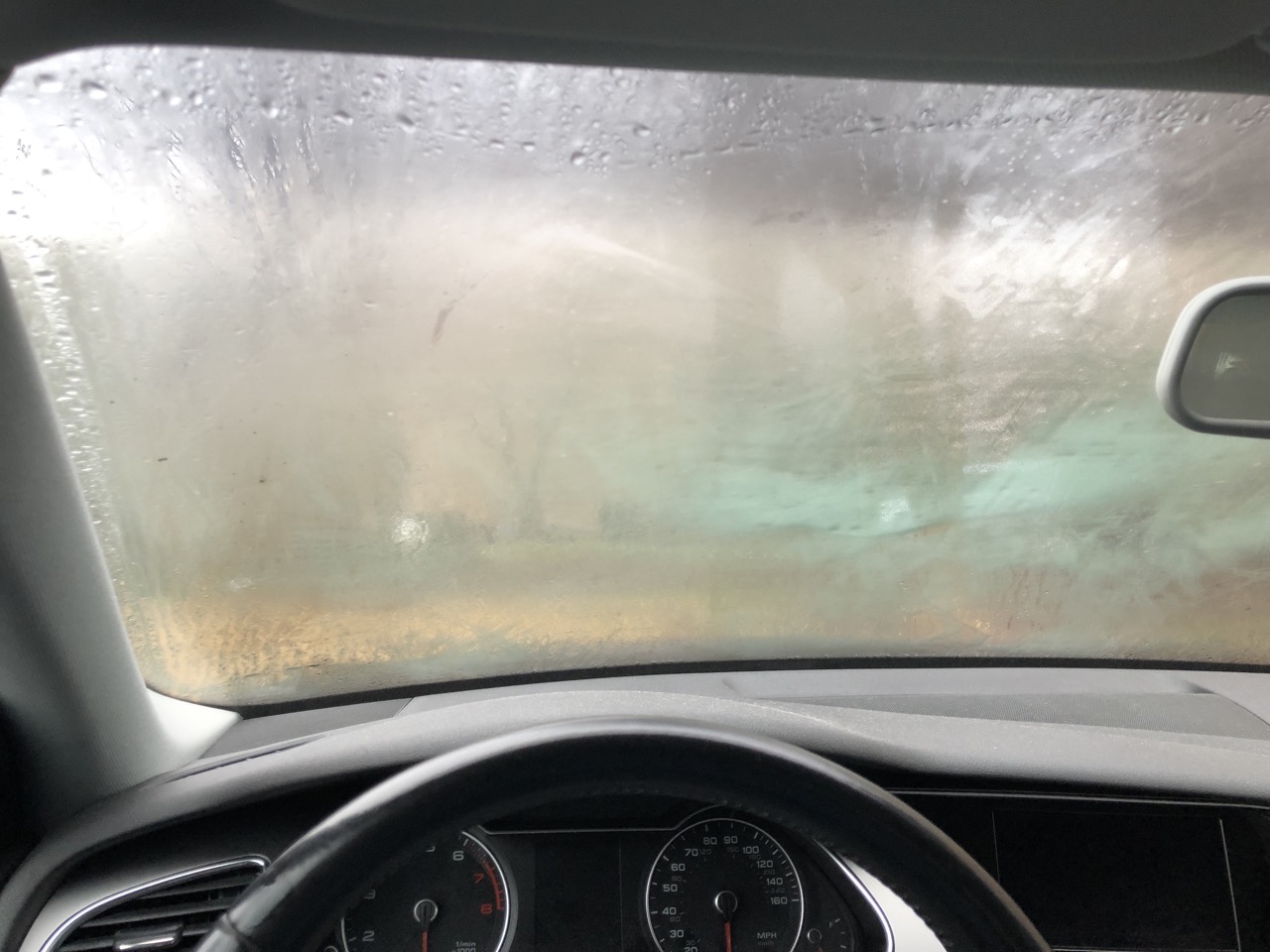
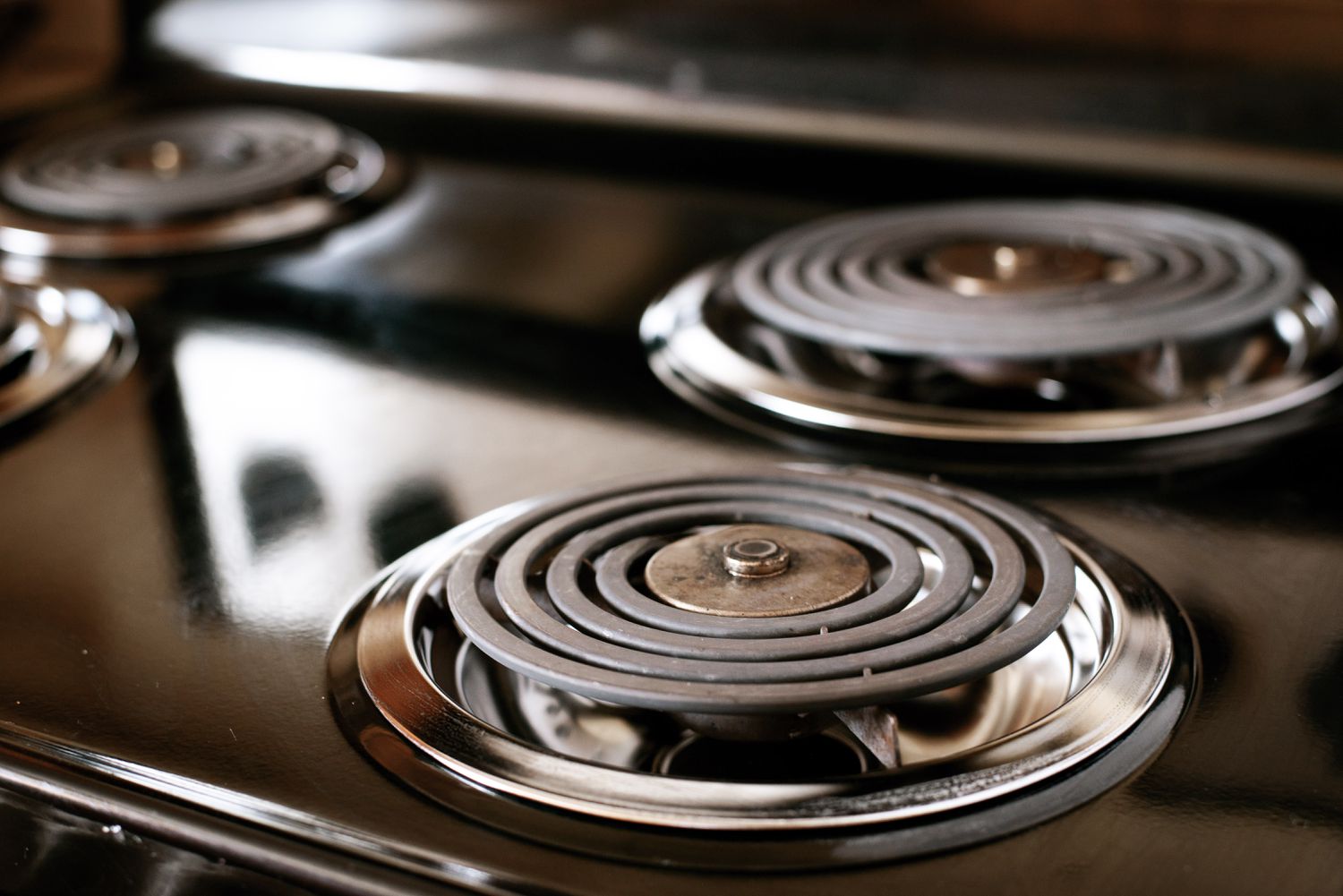
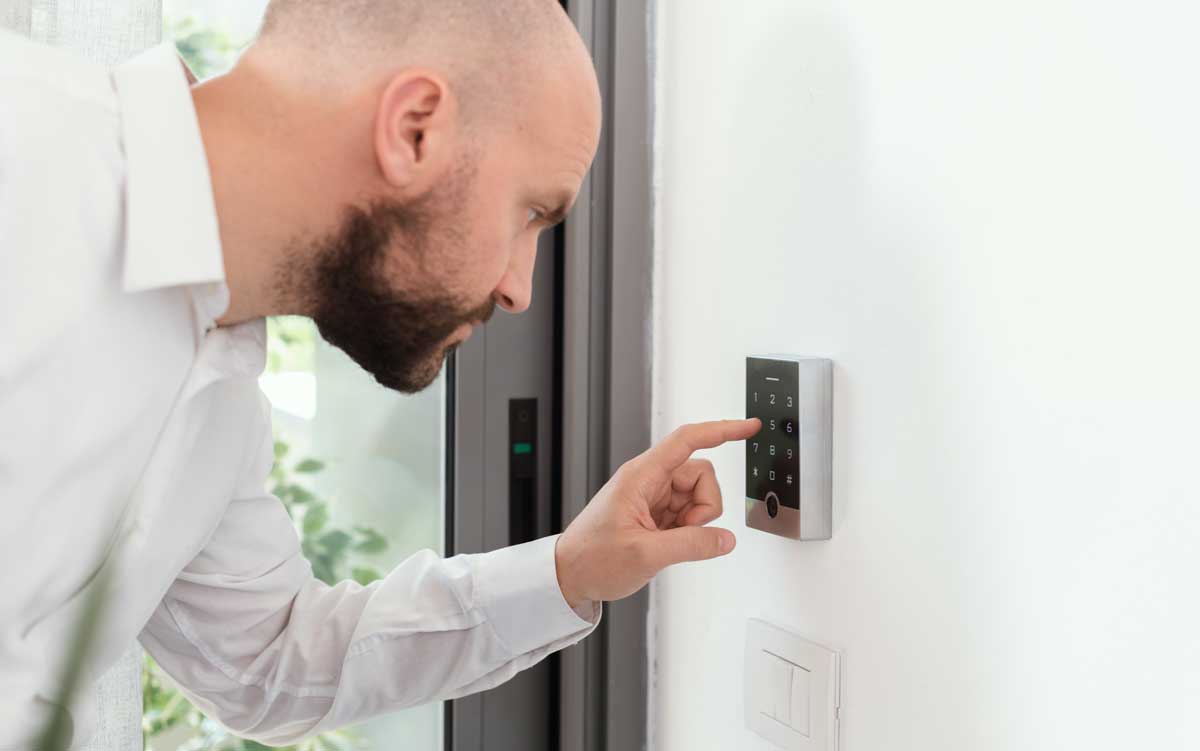
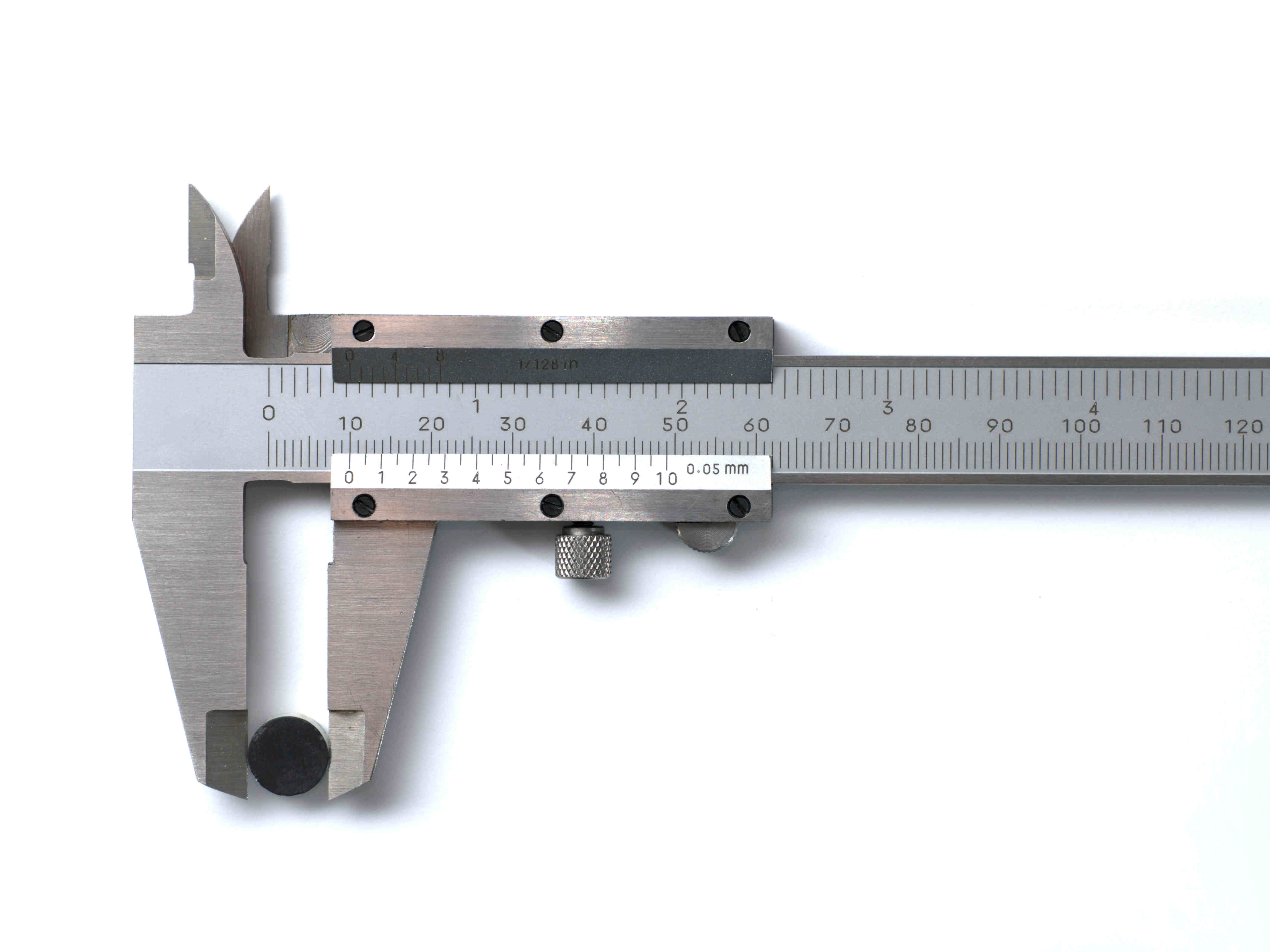
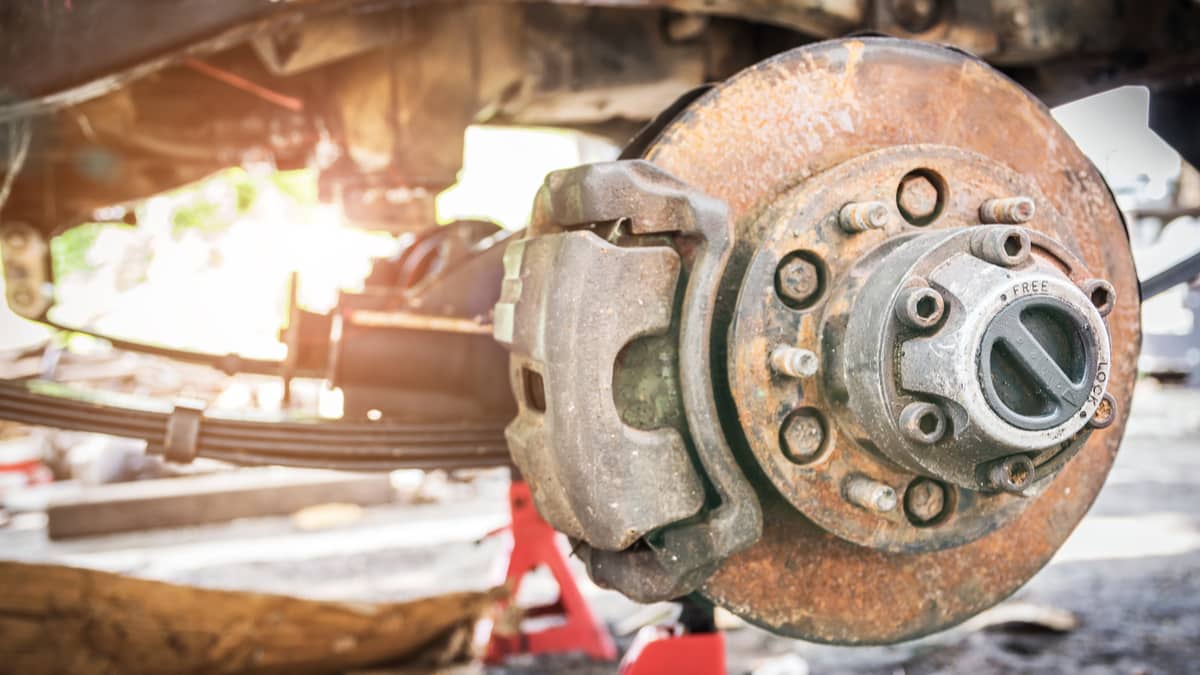
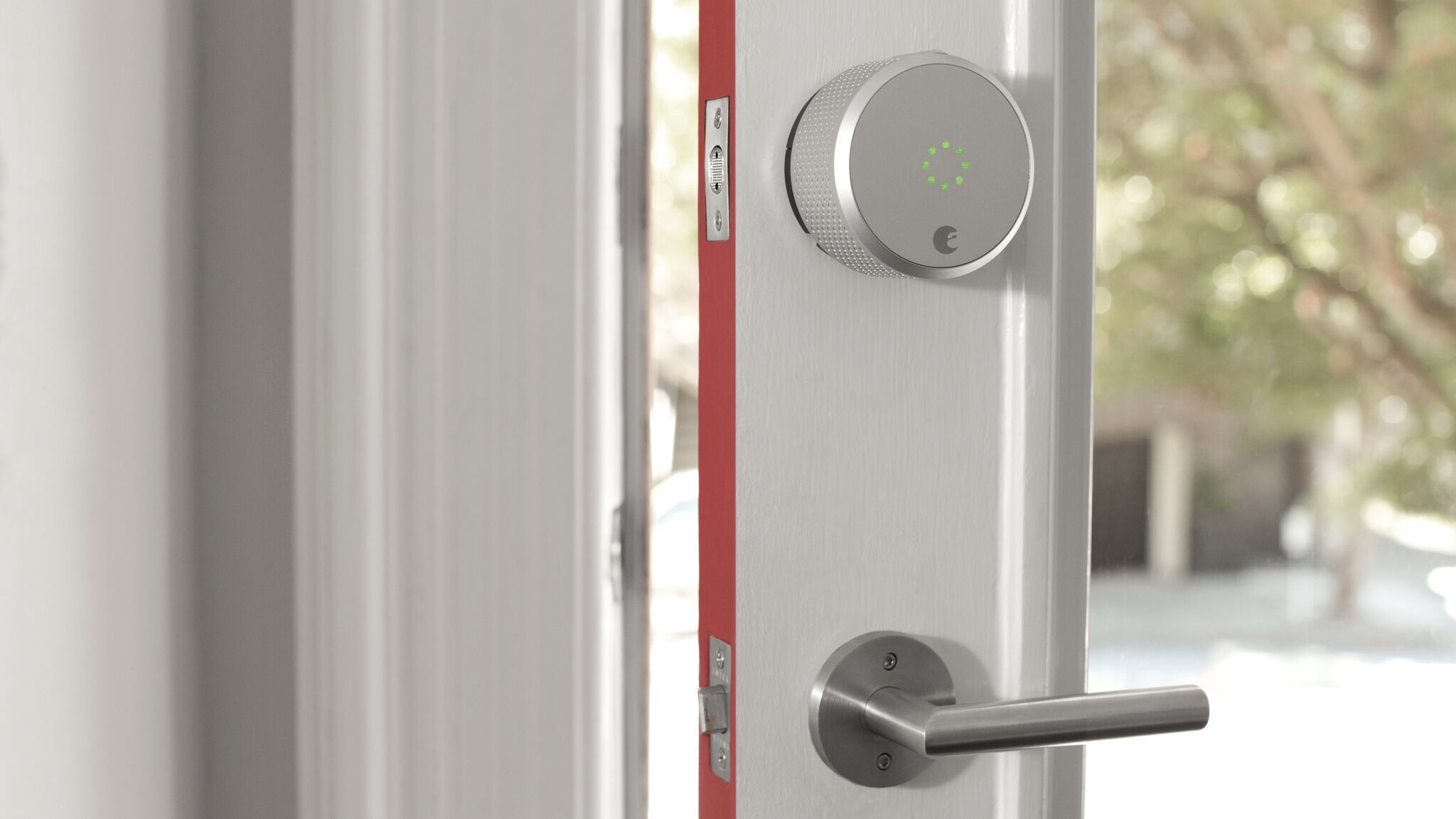
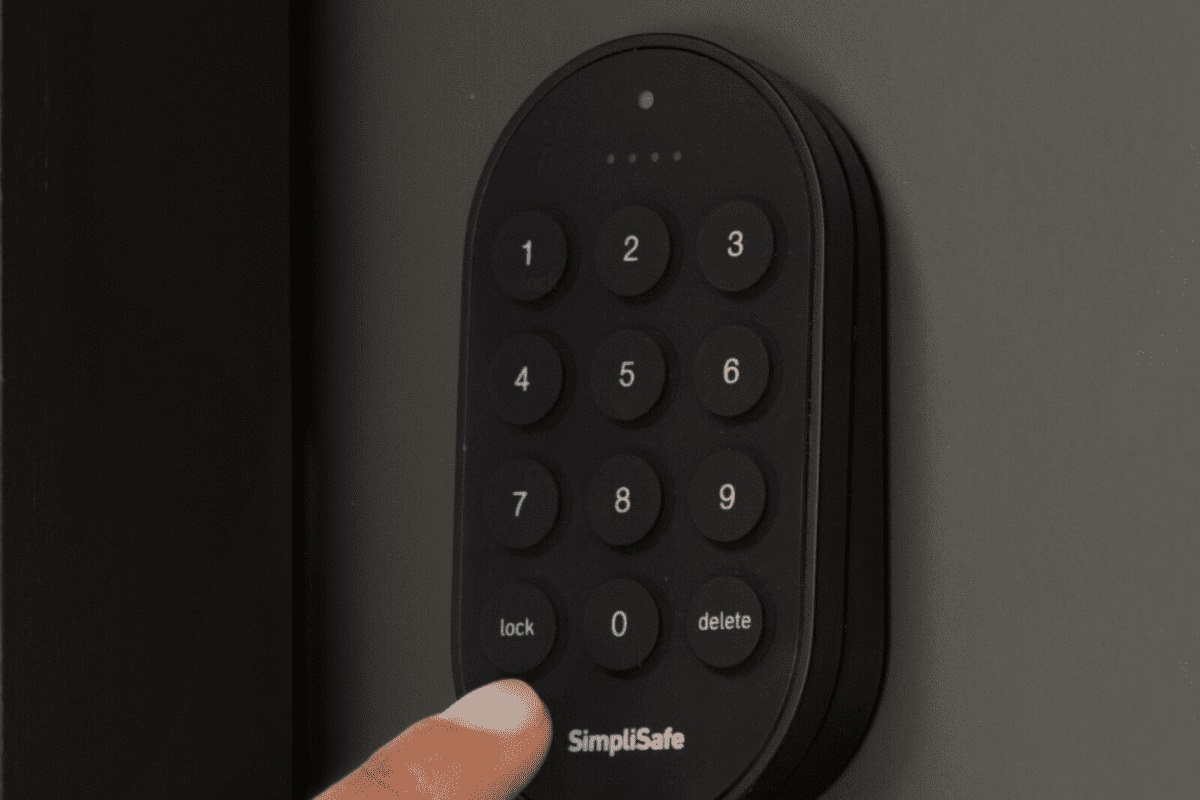
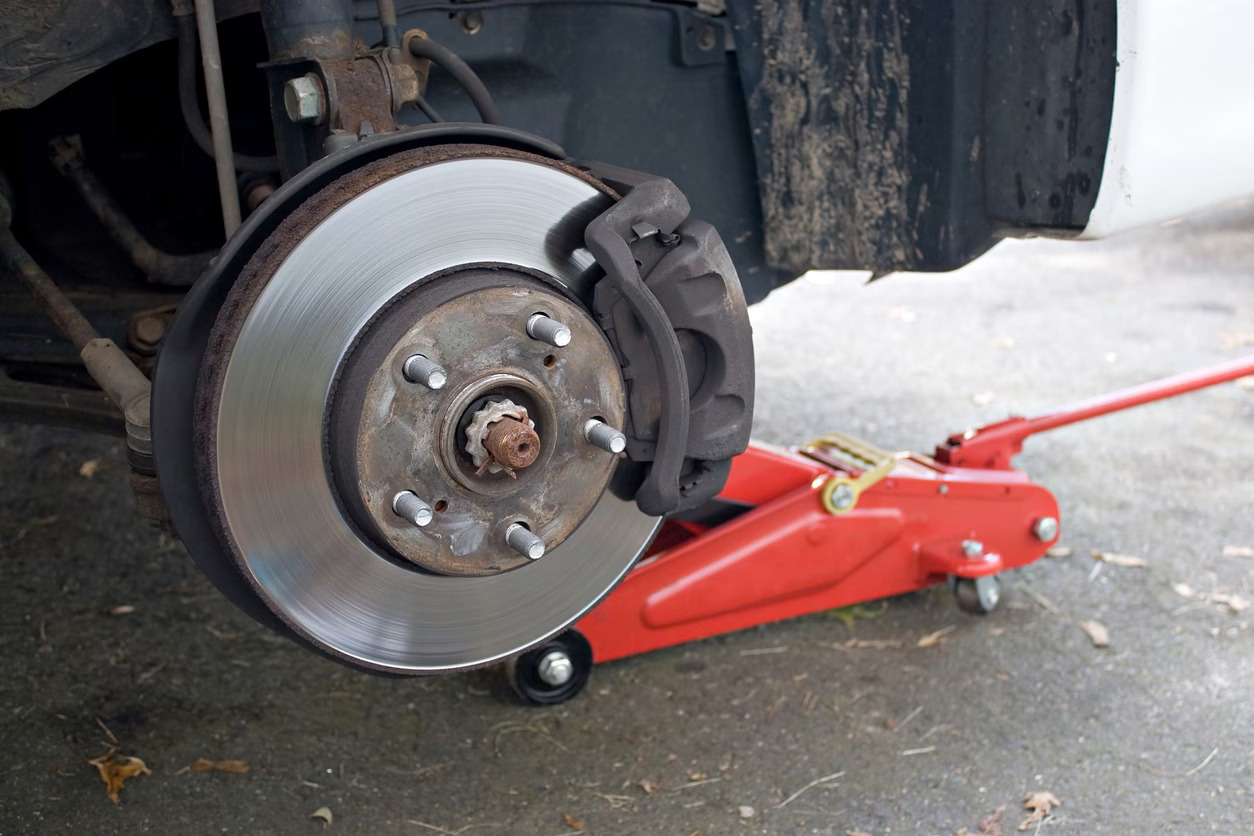
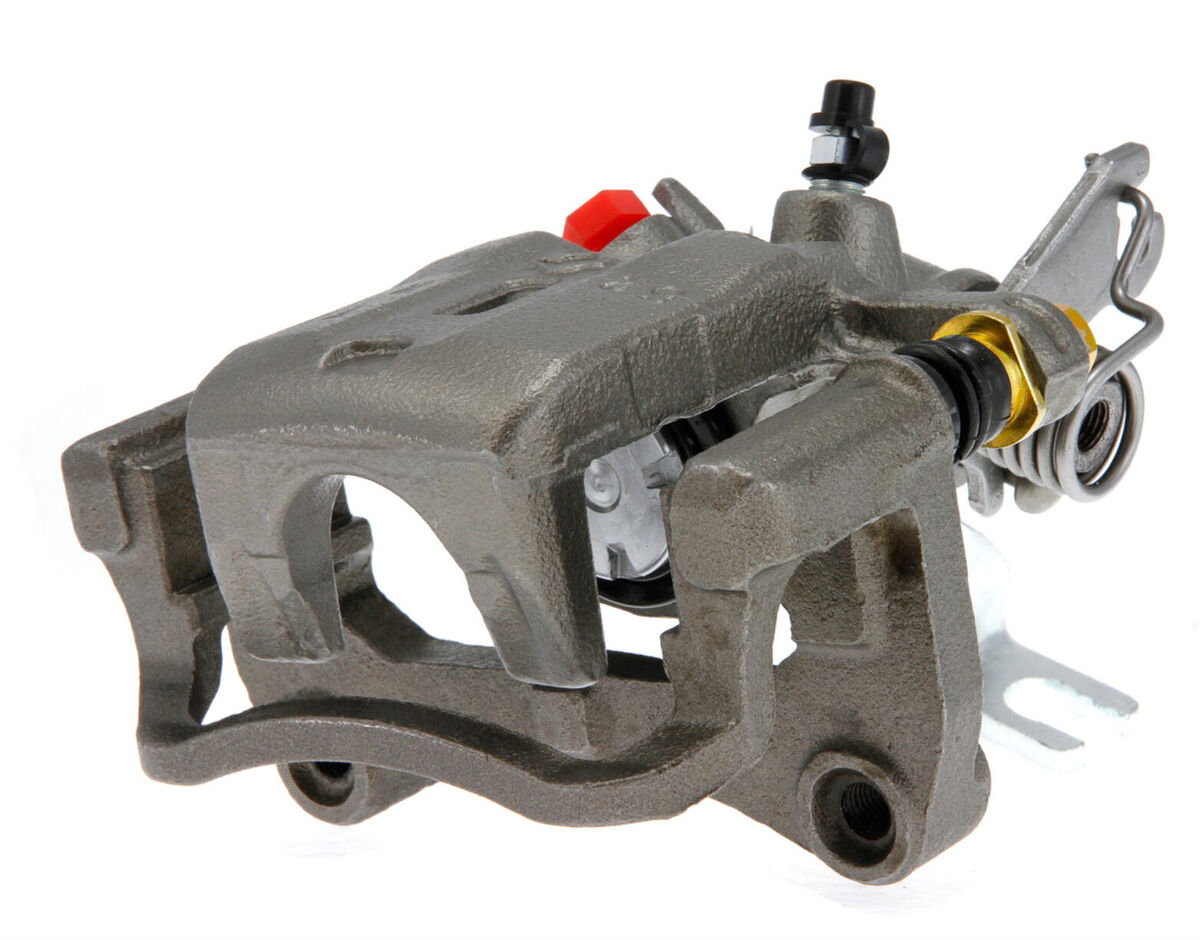

0 thoughts on “Why Do Calipers Lock Up”